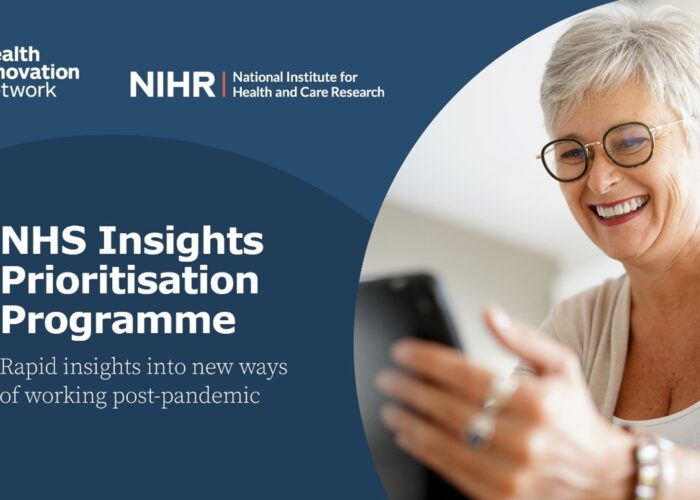In December last year, Adrian Bull and I had the privilege of attending the World Innovation Summit for Health (WISH) in Doha, Qatar. Around 1,000 delegates attended and the agenda was simply too long and rich to give it justice here in a few lines but there are some videos and the eight conference papers on the WISH website and a lot of discussion can be retrieved from Twitter (#WISHDoha13). Instead, I want to briefly reflect on two related experiences at Doha that stuck in my mind and that demonstrate how hard it is to spread healthcare innovation in practice.
The first is about one of the biggest barriers to change, culture. In 1997 the Al-Amal Centre, “The Centre of Hope”, was officially opened in Jordan to provide high quality specialist cancer services. Up to this point, cancer was a taboo as it still is in many other developing countries – not talked about and considered to be shameful. Even in 1997 the name of the centre did not include the word cancer. Consequently, oncologists were rare and quality treatment could only be sought by the rich abroad.
But then something unimaginable happened. King Hussein of Jordan is diagnosed with cancer and, even more astonishing, openly talks about his illness. The public is stunned, if the King can get cancer, anyone can. By 1999 when Hussein finally succumbs to the disease the attitude to cancer had started to radically shift which is most prominently symbolised by “The Centre of Hope” becoming “The King Hussein Cancer Centre” actually referring explicitly to its purpose for the first time.
This story told by HRH Princess Ghida Talal of Jordan, one of the panelists at WISH, encapsulates some home truths about change. First, it usually takes a shock of some proportion to move away from well-trodden paths (and Hussein’s illness was an earth shattering shock for Jordan and beyond, see some news coverage). Second, size matters or at least it helps (something discussed at WISH and also visible in other examples including the changes Qatar itself is implementing to its healthcare system and the recent adoption of VistA the VA’s IT system by Jordan in a short period of time). Finally, the emotive dimension of why change is necessary is vital and almost certainly stronger than any bureaucratic, administrative or fiscal dimension (see recent NHS reform and lack of public buy-in).
The second observation and very much related to the above comes from the Global Diffusion of Healthcare Innovation report that was launched at WISH. Again, I won’t try to do this research justice by discussing it in full here. Suffice to say that the report was informed by 100 personal interviews with senior experts as well as quantitative surveys of more than 1,500 healthcare and more than 750 industry professionals to understand the barriers to spreading best practice. There is a tremendous wealth of information in the report including for England (interesting to note that the gap between the perceived importance of innovation enablers and actual prevalence of these enablers in organisations is largest in England).
But the finding that rung most true for me is the importance of eliminating old and ineffective ways of working or delayering before adopting the new. It has been a bit of a bugbear of mine for a while that the NHS seems unbelievable capable of testing, piloting, and pioneering all kinds of new ways of working. But more often than not, these initiatives are on top of existing practices or systems and transition points from old to new are rarely defined or worked through explicitly. One way of overcoming this issue is for any pilot application or business case to explicitly state what the innovation would replace or stop doing before a new way of working or product is allowed to be piloted or rolled out.
Related to the operationalisation of innovation though not explicitly in the report is the “fail fast, fail cheap” principle. The story of innovation is about failure. If you don’t fail a few times you probably haven’t really disrupted old practice.
I find it therefore surprising that many NHS projects seem to assume that failure is not an option. Why would something require piloting if there wasn’t a chance of failure? Failing fast, learning on the job and adjusting should be applauded not seen as negative as it is in many other sectors. For example, we should be delighted if 80% of all integration pioneer sites fail initially – at least that way we learn something. All we need to make sure is that we share this learning as fast as possible without blame.
Maybe one of the most important things to foster the adoption of new knowledge (which after all is what innovation is about) is therefore to reduce the costs of failure – politically (should individual politicians sponsor pilots?), personally (don’t make it “someone’s” pilot), and fiscally (use pop-up pilot infrastructure).



